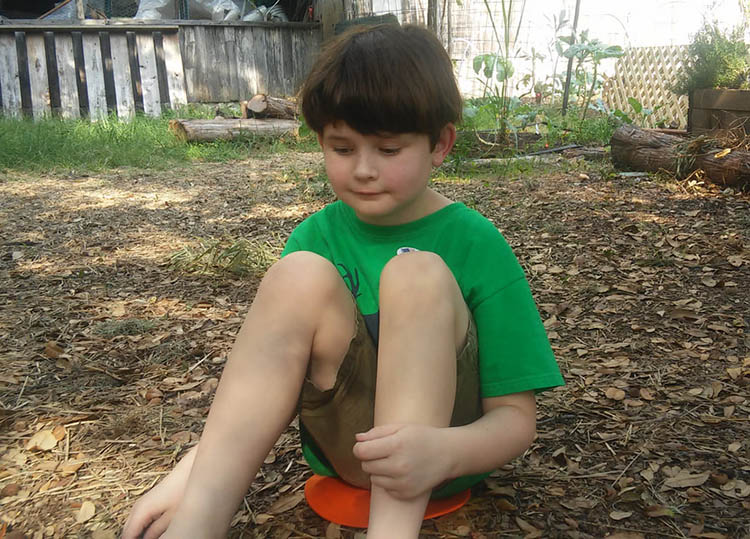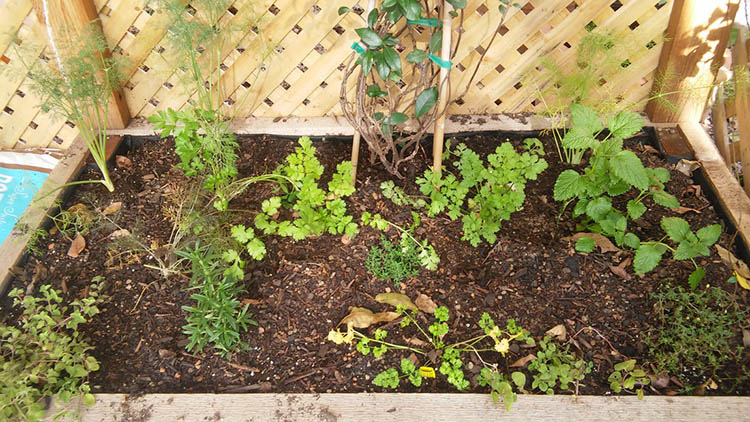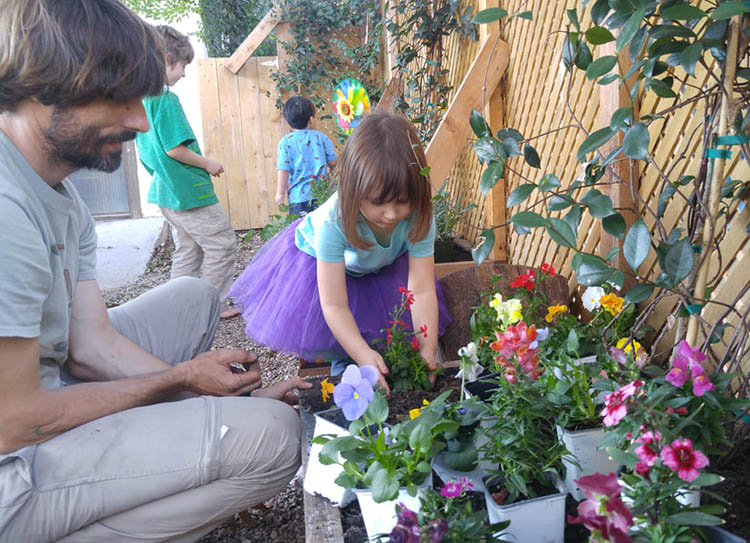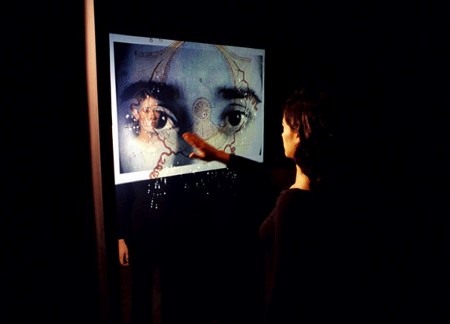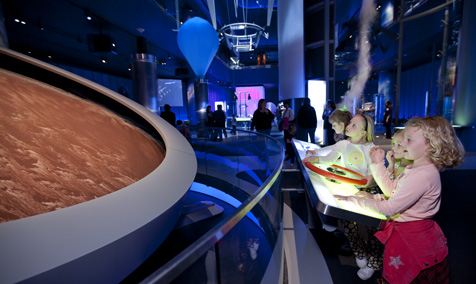Cockroaches, coyotes, and connection: A talk with Barbara Croom of the Austin Nature & Science Center
/
We’ve been thinking an awful lot about experiential education here at Alt Ed Austin lately, and maybe you have, too. Unfortunately, as my daughter moves through high school, there seem to be fewer and fewer opportunities for the sort of amazing outside-the-classroom experiences she had as a little girl. That’s unfortunate because many teens are desperately searching for inspiration for future careers and for their own creativity. And that’s part of what experiential education is all about.
This week I had a chance to talk with one of Austin’s premier experiential educators, Barbara Croom, who runs the school programs at the Austin Nature & Science Center (ANSC). She helped me understand a little more about why experiential learning centers like ANSC are usually filled with elementary and preschool students rather than teens:
As students get older, the rules and expectations for teachers increase, and it becomes more difficult to request funds for extra enrichment like they would find at ANSC. Students and teachers have to worry about passing tests. And buses often are spoken for by band directors and athletic coaches. But we do sometimes have older students who come on their own to work on science projects and papers, and our staff members are happy to help them.
Here’s the rest of our conversation:
What are some of the programs students respond to most enthusiastically?
Well, we’ve done our Wild about Wildlife for 40 or 50 years! Nothing connects a child to nature like touching a snake or a bunny or a cockroach. Those are instantaneous connections that are not forgotten. We have some staff members here who vividly remember coming as first-graders to see the cockroaches!
It has evolved over that time, of course, and now it’s about an hour-and-a-half program where students rotate through stations where they can touch and learn about live mammals, birds, and reptiles. They also see and hold pelts, skins, and skulls. Older children begin to learn about evolution and adaptations of animals to their environment. Other programs during the year involve geology and fossils, astronomy, and aquatic ecosystems. We try to follow the standard curriculum topics so that we can support what teachers are doing in their classrooms with our hands-on experiences.
What’s the role of your staff of educators?
What’s most important is that they connect with the children as quickly as possible. We stage the environment so that happens: Everyone—staff and students—sits on the floor at first, in a horseshoe shape—“crisscross applesauce” style—so that our educators can make eye contact with every student. We want to create a comforting atmosphere so kids aren’t intimidated by someone towering over them. We say hello and start chatting about the animals or geology, and soon the kids are enamored.
The key for us is to have people who love teaching. Many of them begin with us and then go on to school settings. They all have undergraduate or masters degrees, some in the sciences and some in other subjects, but all of them spend time in intensive training before they begin. And they are involved in experiential studies too, just as the students are. They go to the Hill Country to dig for fossils. They get their own hands-on experience learning about reptiles, plus discussions with experts from around the state. They are lifelong learners—just as we want the kids to be.
How do you know what level the children are at in their science knowledge?
We ask a few questions and let them ask questions so that we quickly understand where they are, then we start “coaching” them while they’re handling the animals or the rocks or other materials. We help them realize that they can understand a lot just by observing, touching, and listening. We ask them to compare skulls and see if they can suggest reasons the coyote has a long skull and a snout that’s very different from a rabbit’s or a human’s, for example.
Can any child, including one with some special needs, have a good experience at ANSC?
We make all our programs inclusive now. It’s a process we’ve been working on for the past 8 or 10 years. We provide extra staff and help for children who may be on the spectrum. We have a staff member who is learning American Sign Language, and several special programs for students who are hearing- or sight-impaired. This is a priority.
Do you have many homeschooled children visiting ANSC?
Yes! Hundreds! We have a monthly homeschool program that lasts four days, and that includes children from preschool through high school. We do such a variety of programs, and our staff are so good, that even if children end up in a classroom setting when they’re older, their parents bring them back for the homeschool events!
And finally, do you have a philosophy related to the kind of educational experiences you offer at ANSC that you want to share with parents and kids?
Mindfulness! As an educator my goal is to connect children and adults with nature and science. I believe that if you come to it mindfully, the connection will happen. Even a child who is afraid to go for a walk in the woods at first—with mindful attention that connection will happen.
Shelley Sperry
Sperry Editorial










